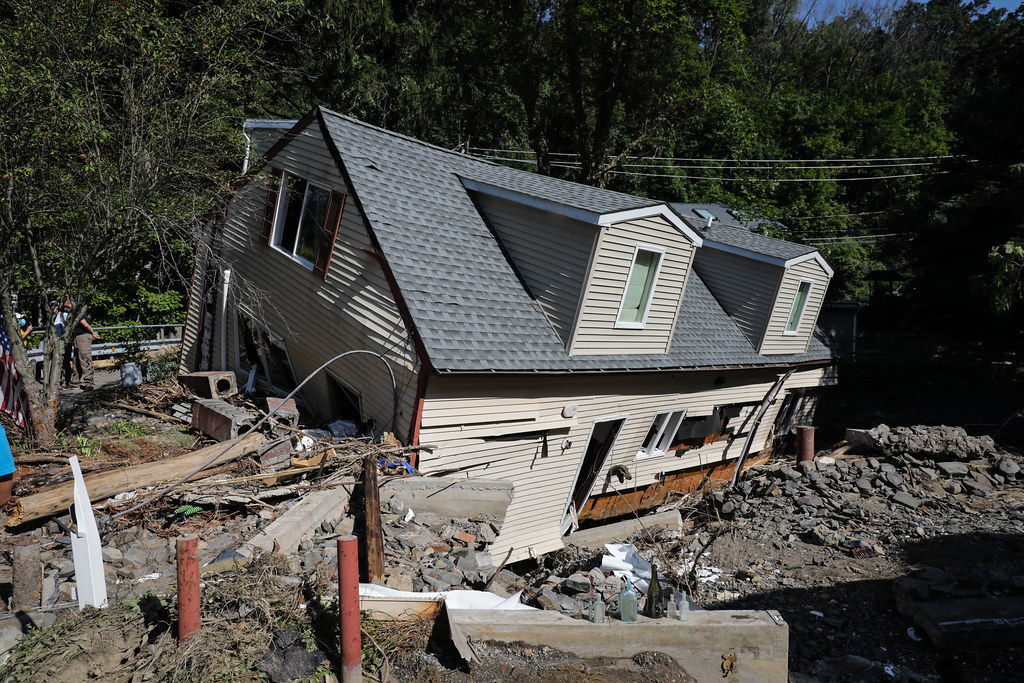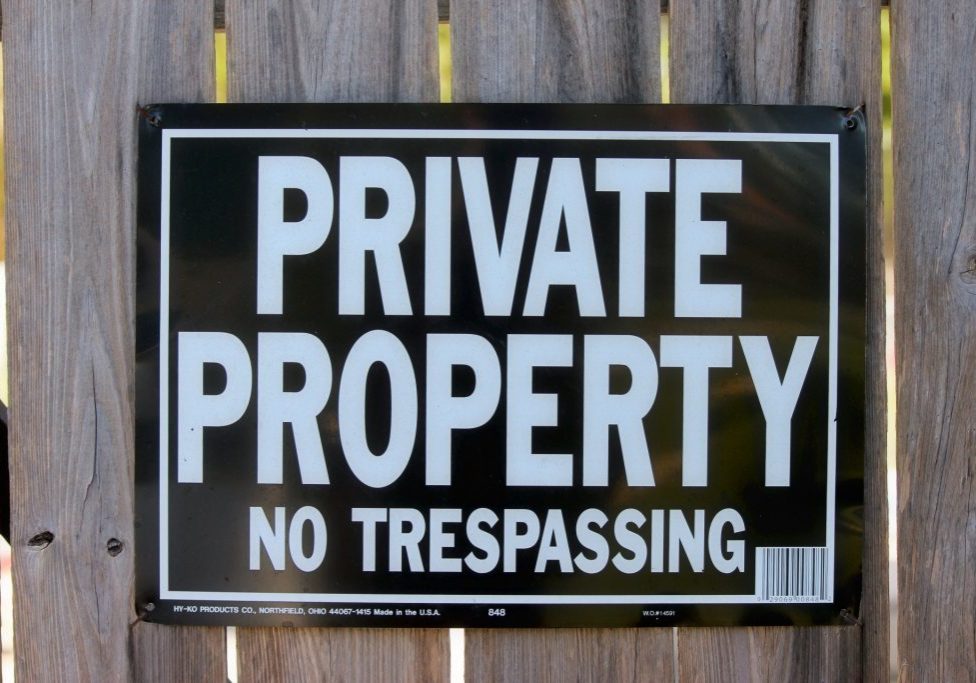
Solutions to New Jersey flooding: Improved funding and public policies
| February 7, 2024
Flooding in New Jersey will persist as climate change brings heavier and more frequent rains and development encourages runoff, panelists said on Wednesday, while the best ways to tackle the issue require improved funding and public policies.
“I don’t see any solution that is going to be a cheap solution,” said Richard M. Onderko, the mayor of the Borough of Manville. “It’s a manmade problem and it’s going to need a manmade solution.”
Onderko was one of five speakers at “New Jersey’s Climate Future: The Science, Politics & Planning,” a virtual panel discussion sponsored by NJ Spotlight News.
Panelists agreed that flooding — the likes of which New Jersey experienced after named storms, such as Tropical Storm Ida in 2021, as well as unnamed torrential downpours like those that inundated parts of New Jersey in December — are the new normal.
Speakers noted that development, particularly the explosion of warehouses, bring more impervious paved surfaces, such as roofs and parking lots, that allow stormwater runoff to funnel unimpeded into waterways and contribute to flooding.
Read more: 88 million square feet of warehouses are coming to just 14 counties in New Jersey.
One of the panelists, Jon Hurdle, a NJ Spotlight News writer who covers water and the environment, said warehouse growth is a microcosm of the larger development picture in New Jersey.
Citing industry statistics, Hurdle said there was currently 580 million square feet of warehouse space in New Jersey, a 10 percent increase over five years, and there is another 10 million square feet in the pipeline.
Hurdle noted that local warehouse ordinance guidelines issued by the state came under fire for being just that — guidelines, with no enforcement teeth.
But, he said, state planners’ hands were tied because of the state’s adherence to home rule in which each locality determines its own destiny through zoning and other policies.
Onderko presented a map of New Jersey from 1972 with shades of red representing areas covered by impervious surfaces. And then he presented a map reflecting impervious surfaces in 2010.
In the second map, it looked like New Jersey had a rash.
He said growth in Somerset County in the past 10 years had been “pretty phenomenal,” with more warehouses and apartment complexes.
“We’re going to pave over every watershed,” he said.
Green solutions
Brooke Maslo, an associate professor in the Department of Ecology, Evolution and Natural Resources at Rutgers, described a “trifold” of problems contributing to flooding: impervious surfaces caused by development, increases in the frequency and intensity of rain events, and that New Jersey is sinking through subsidence, making it subject to sea level rise.
She said integrated nature-based solutions can go a long way but there are limitations to how far they can scale.
For instance, rain gardens and bioswales might be appropriate to mitigate runoff for a single building or residential complex but those are ineffective solutions to the larger problem of flooding overall.
A 2019 law allowed localities to tax properties according to how much impervious surface they occupy, Hurdle noted. The idea was to take the revenue raised and funnel it into green infrastructure that would allow rainfall to soak into the ground naturally.
While similar laws have been adopted by hundreds of localities in 40 states, no locality in New Jersey has so far done so, though about 15 localities are currently considering it, Hurdle said.
To critics, the approach amounts to a “rain tax,” said Hurdle, who quoted the leader of a statewide municipal organization as saying that the legislative battle for such an approach had been won but the public relations battle had not.
Mark McDonough, the president of New Jersey American Water, said he was not surprised that communities have been slow to take on the so-called stormwater utility tax. He said localities are overburdened with capital improvement needs.
When Tropical Storm Ida struck, most of the water systems in central New Jersey were unable to handle the flooding, he said.
His company weathered the storm because it had invested in resilient systems but some smaller and municipal systems were knocked out for days, weeks and even as long as a month
Relocate or elevate
Blue Acres, a statewide initiative to help relocate residents from flood plains or flood-prone areas, has since the 1990s purchased about 1,000 properties from willing sellers along the Delaware River and Atlantic coastlines and flood-prone areas along rivers, Hurdle said.
The properties are then turned to open spaces, parks or other green spaces that can be used as buffers or barriers against future floods and protect communities. Environmentalists complain it’s fine as far as it goes but that it does not match the scope of the larger problem.
Another panelist, Amanda Devecka-Rinear, the executive director of New Jersey Organizing Project | New Jersey Resource Project, said more attention and money need to be dedicated to the victims of flooding, whom she referred to as “storm survivors.”
She said state initiatives to help relocate residents from flood plains or flood-prone areas is too slow, cumbersome and underfunded. She said there would be no way for those programs to be a full solution for flooding on the frontlines.
“It is not the be-all, end-all,” she said.
She cited the example of a single father who had two children who were 2 and 3 years old during Tropical Storm Ida. His house was inundated with four feet of water and the Federal Emergency Management Agency eventually, after months, issued him an assistance check for $8,000 but he got no help for renting an RV in the meantime.
He got state approval to rebuild and elevate his house but then, two years later, he was abruptly told the approval was rescinded because the area he was living in was too dangerous.
“You are removing a choice for families that cannot afford elevation themselves,” Devecka-Rinear said.
People who have money are staying and elevating while others who cannot afford to move elsewhere and cannot afford to elevate their homes are staying in areas that are known to flood, she said.
“Flooding could impact any of us, anywhere,” she said. “This is New Jersey, right? We say we do it better here. Why don’t we have a better system to help flooding survivors, who are more broke, more sick and worse off emotionally than they were before the storm?”







